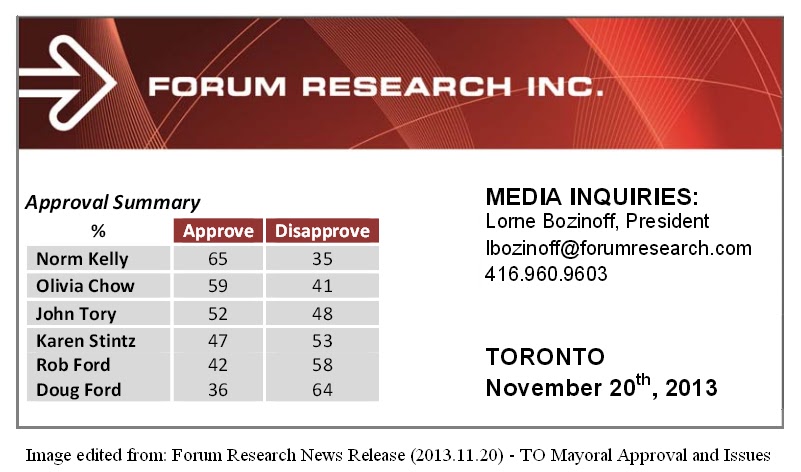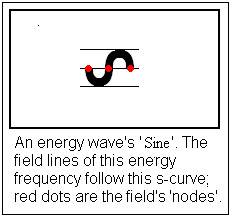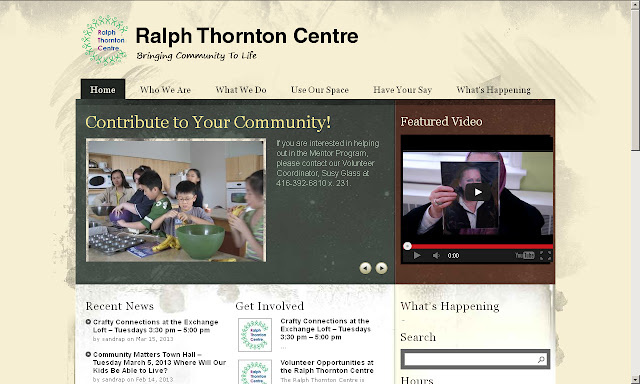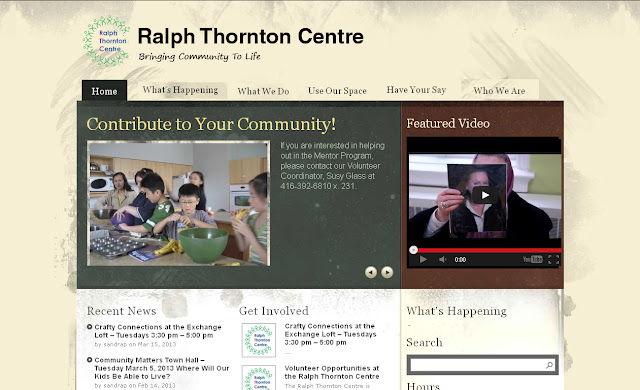New Tumbl | 2014/01/14 - Dynamic Fields
I been thinking about an experiment that MIT did a few years back (1908) - in an attempt to once and for all prove or dis-prove the "Coriolis Force" - the issue of whether or not water tends to rotate down through a drain out of a basin in the opposite direction in the Southern Hemisphere, as opposed to the Northern Hemisphere.
I always thought this was a done deal. I thought it was a scientific fact that water rotates counter-clock-wise in the Northern Hemisphere - and clock-wise in the Southern. Apparently it is not all that simple1.
I just did an experiment with my kitchen sink. I filled it up and then tore off little threads off the edge of a rag and dropped them into the filled sink. I was surprised to find the they immediately took off around in a counter-clock-wise direction. I surmise that the energy of the water being forced out of the feed line + the drop of 20-30 cm over the fill time - had imparted some energy to the mass of water. By happen-stance probably, the water arrived at a rotation based on a roll of the dice - the dice being the chance way in which the water filled the sink (did I change the position of the spout? I can't remember).
I'd have to repeat the experiment a number of times, positioning the spout at several different stations of it's arch to see what if any difference that made in the rotation.
So at any rate - I waited about 10 minutes for the mass of water to stop showing signs of a rotation (there was still movement but it appeared random (likely turbulence caused by heat exchange between the water and the sink; the water and the air).
I dipped my hand slowly in, and gently pulled out the drain plug.
The water went straight down!
No vortex ever developed at the centre of the drain hole - where one would expect that to happen.
Apparently a vortex only forms (in such a small tank) from the general rotation of the mass of the water after doing dishes of whatever, before one pulls the plug!
So now to my thought experiment - the reason for this post:
What would be the result of an experiment where one did the opposite of this 'still tank' experiment?
In the Northern Hemisphere, midway between the equator and the pole - set a mass of water n rotation in a precise way (using for example, a paddle rotated by a motor), and remove the paddle motor assembly in a repeatable mechanical manner. Then open the drain plug in a similarly repeatable mechanical way. Now measure the rate at which the mass rotates until all the water has drained.
Repeat at different rotations direction, different rotation rates, change height of column of water.
Then repeat the whole thing in the Tropic of Capricorn.
I predict that the dynamics of the two fields (that of the mass of water rotating, and the magnetic field of the planet - or is it the dydnamic field created by the mass of the planet rotating, orbiting?) will magnify the Coriolis Force.
The speeding or slowing of the mass of previously rotating liquid (a mass with a dynamic field) will reveal a force, the result of the interaction of the two fields. The properties of the resultiing field dynamics should be a function of the math of Gaspard-Gustave Coriolis2.
Perhaps there will be a gradual slowing of the rotation as the vortex forms. Nothing would surprise me, after my little sink experiment just now.
[1] Wikipedia | Coriolis effect | Draining in bathtubs and toilets | http://en.wikipedia.org/wiki/Coriolis_effect#Draining_in_bathtubs_and_toilets
Also - physics.ohio-state.edu | Dave Van Domelen | The Coriolis Effect | http://stratus.ssec.wisc.edu/courses/gg101/coriolis/coriolis.html (reprint by ssec.wisc.edu)
[2] University of Wyoming, Atmospheric Science, Dept. | E. Linacre and B. Geerts | Gustave Coriolis, and the Coriolis effect | http://www-das.uwyo.edu/~geerts/cwx/notes/chap11/gustave.html (links, vernacular)
Also - link.springer.com | Prof. Dr. R. E. Roberson | A form of the translational dynamical equations for relative motion in systems of many non-rigid bodies | http://link.springer.com/article/10.1007%2FBF01387376#page-1
mh
New Tumbl | 2013/12/30 - More Fields stuff
High voltage "Air threads"
via Bill Beaty
High voltage "Air threads"
Youtube: Playlists | http://www.youtube.com/user/wbeaty/videos?view=1&flow=grid
Web | SCIENCE HOBBYIST | http://amasci.com/ --> Tesla Experiments | http://amasci.com/tesla/tesla.html
Found Bill's Youtube several years ago, via his Traffic Waves video.
mh
Start Tumbl | 2013/12/03: Fields, Fields, Fields - everything is fields
 |
| Two fields creating an interference pattern |
Fields are very hard things for our brains to understand. I think it's because we evolved in a gravity well. Gravity wells distort fields, flatten them. We see the world lineally - a function of this flattening. When we begin to observe outside this gravity well in the relatively entropic places, we can't understand what we're seeing. This is what is causing the stall in our trip towards a grand unified theory of everything (that will get us hover cars).
:)
Fields want to be spheres, but other fields (like the mass of the earth) distorts them and creat sympathetc, tonal fields with virtual poles. So the idea is to study what we know - and what we know best is water. We are 99% water, this biosphere we live in, evolved in, is a series of layers of water in different densities. The living earth that sustains us is dead earth, sand ground down from rocks, without water. All life on this planet (which can be understood to be the furthest point from entropy that there is) depends on water.
Thus the fields that these various densities of water have - and how they interact - is is the best way to understand how fields are related as the fundamental structure of the universe.
Watching TVO's "Shock and Awe: The Story of Electricity: The Age of Invention" the show talks about one of the fundamental discoveries that has lead us into the industrial age - Faraday's law of induction - but more important for me in my fields thought-arch, was the beginning of an understanding of quantum fields.
How fields interact is what fascinated the self-taught Faraday - and although I don't have the tutelage of a scientist as he did I have Wikipedia and 200 more years of learning that he didn't.
So Faraday experiments where he first began to reveal the properties of interacting fields in this series segment was particularly interesting to me. The key idea he discovers is the Induction. Induction results in current and in essence, is caused by the intersection of two fields and motion! This creates an electrical charge - the foundation of the modern world.
Induction is somehow the result of interference pattern created though the intersection of fields - and the other element - again we don't really understand this motion of a third field through those interference patterns and how exactly that creates a current.
The temporal quality is especially interesting to me. I will dwell upon it - while the vast majority of thinkers in the past period have left it aside - the laws that Faraday revealed are good - they work in the real world - lets forget the somehow magical properties of the thing and move on - build this here that we have built.
All very well - until Dark Matter raised it ugly head.
That's it for now. This blog will 'Tumbler'.(update at this address).
This outline of the direction of my thinking is the clearest I've laid it out to dat e- lots of thoughts coming out of this. For example, the induction created (the poles created, the current created) when two fields pass each other can be seen as: the core magnet, Earth, and the field in motion, the weather systems - the current is of coarse - lightning.
Thus: Can one simply lay one side of a 'Faraday Cage' on the surface of the Earth (the one field) and then take electricity off the cage as the weather (the mobile field) passes over it? How big to light a city? Is our existing electrical grid (one side of a Faraday Cage) producing electricity right now? How much? How can we maximize this induction?
A different way of looking at things than what we taught in Grade 11 Science - where differential charges are the explanation. It is not accurate.
References:
Image via Wikipedia | Interference (wave propagation) | http://en.wikipedia.org/wiki/Interference_%28wave_propagation%29
TVO | "Shock and Awe: The Story of Electricity: The Age of Invention" (goes away soon) | http://ww3.tvo.org/video/176971/age-invention
Other reading on this tonight:
Wikipedia | Electromagnetic induction | http://en.wikipedia.org/wiki/Electromagnetic_induction#Proof_of_Faraday.27s_law
Wikipedia | Maxwell's equations | http://en.wikipedia.org/wiki/Maxwell%27s_equations
Wikipedia | Entropy | http://en.wikipedia.org/wiki/Entropy
Online Etymology Dictionary | Search entropy (Greek root, entropia) | http://www.etymonline.com/index.php?allowed_in_frame=0&search=entropy&searchmode=none
mh















